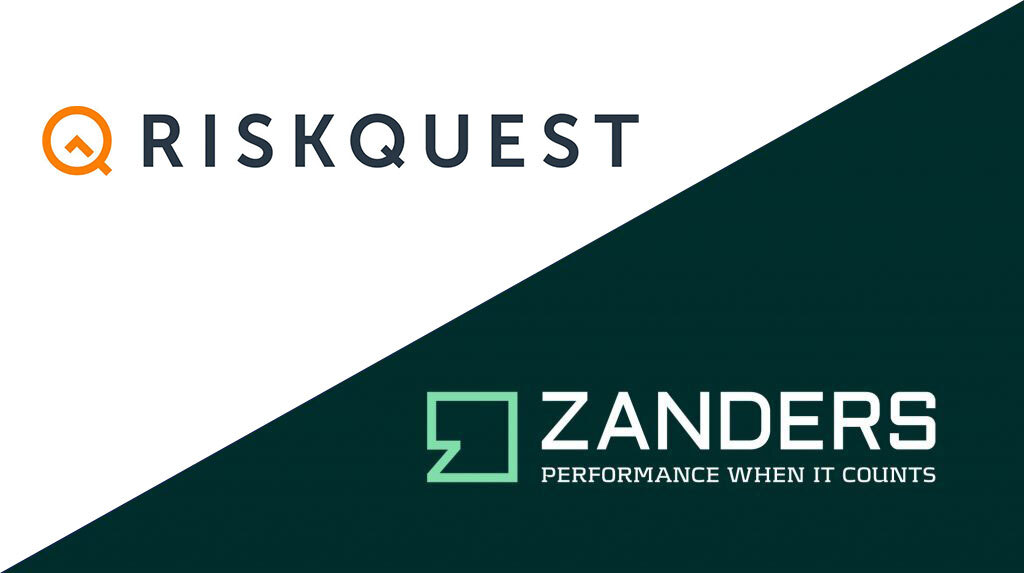How does a pension company prepare for the risks and uncertainties inherent in financial markets?
“One of the best ways to prepare is by practicing. The financial industry is actually poorly prepared for the unknown, and can even be surprised by something entirely uncertain. The leading economists at the beginning of the 20th century did not have the big data or computer power we have today, but this has grown enormously over time; we are now able to simulate, optimize, and much more. We are now so enslaved to data and models that we are under the illusion that we have everything under control. Lehman had the most advanced risk management system in the world and it still went bankrupt. The biggest problem with risks is that they concern matters that are actually already known to you. A risk is a measurable uncertainty, yet uncertainty is an immeasurable risk. So when you are struck by an uncertain event, all those models are utterly useless. And when that happens, we are left dumbfounded; we do not know how to act and we forget to communicate - the most poisonous cocktail for trust in the financial sector. We can learn a lot from other professional groups. Pilots, for example, are trained how to act in unexpected, unfamiliar situations. Financial models are our autopilot, but a pilot must also be able to fly the plane when unexpected circumstances occur that the autopilot is unable to handle.”
Was the scenario for the Brexit already known at PGGM
“The Brexit scenario was one of our top five priority risk scenarios. We regularly meet with all investors and economists within the organization to discuss these types of scenarios. Last year, we already had a Grexit scenario which we made even more specific this year to prepare for a possible Brexit. Calculating probabilities is at that point completely futile; you must accept that events are going to occur which you never could have predicted. We assumed that the consequences of a Brexit would initially result in volatility in the stock markets in particular, which can be simulated easily, but the greatest uncertainty was what influence Brexit would have on the rest of Europe. We had previously discussed this ‘butterfly effect’ at length. Of course, the question that also remained was how this will affect our wallets; moreover, we examined our UK and British pound exposure. Our exposure to the pound is covered for nearly all of our clients, but other currencies could well be affected. That is why we also looked at European banks in terms of counterparty risks and credit risks. As for our immediate investments, we mostly looked at the infrastructure projects, because for these you are highly dependent upon the British government – regulatory risk is one the biggest risks there.”
But how can you practice for something that is mostly uncertain?
“We practice with a financial crisis team (which includes the board of PGGM, ed.) that is unexpectedly confronted with an uncertain situation. This is how you learn what can go wrong in a situation. You cannot, of course, devise scenarios for the unknown, but you can practice how you generally handle of unexpected situations.”
Is maintaining buffers the only way to provide some sort of hedge against these uncertainties?
“Based on the Value-at-Risk approach, you must maintain a buffer for something that may occur once every 200 years. When you do get hit, you will have sufficient capital to survive any blow. But the greatest weakness here is that the probability calculation on which this is based is flawed. Nassim Nicholas Taleb also referred to this in his book The Black Swan. Many risk management systems work well, but only when the market circumstances are similar to what they are designed for.”
And what role does interest play in this?
“We have not taken additional measures for interest. The hedges for it are completely tied up in ALM (asset and liability management) for most funds. When you think in terms of financial returns, with the current negative interest situation, it is strange that interest risk must be covered. But seen from the perspective of the Financial Assessment Framework (FAF), hedging the interest risk is necessary because interest rate changes could have major effects on the value of the obligations.”
But when you invest against 0% interest, any pension company surely must know that it won’t achieve that right?
“The FAF is not designed with a very low interest in mind; that is undisputedly true. Many funds are now also suffering under the enormous increase in obligations, which is still mostly an accounting effect. Pension funds must achieve a return of well over 0%, and they normally do, but no investment returns can match the interest effect. The funds with the best cover ratio are those that have hedged their interest risk in time; not necessarily the funds with the best returns on their investment portfolio. I believe these developments will now also bring about the necessary changes in the pension system at a rapid tempo. I don’t have the ultimate answer, but I think it’s good that the discussion about the sustainability of our system with a vastly changing job market is now really gaining momentum.”
What does this mean as seen from a risk management perspective?
“As pension fund management, you have a dual problem. On one hand you have to deal with a FAF and a short term risk of becoming hedged - the reduction of rights. While on the other hand, for the average pension fund, the long term risk you won’t achieve your organization’s objectives is much more relevant. Investing in government bonds with a negative return is then incredibly risky. An average pension fund, with members that are generally not very old, should primarily focus on the long term.”
JP Morgan published a study in which the interest rate could possibly come out at minus 4.5%. What would you advise your clients in this case?
“That is an example of thinking in scenarios. Such economic scenarios are also included in our models these are partly deterministic and partly stochastic. They do assume a low interest - even a negative interest in the short term in certain scenarios, but not in the long term. What I noticed about interest scenarios in many ALM models is the speed at which mean reversion occurs: the return to a long term average. In the short term you can assume any number of things, but if the model for long term interest takes on 4% after 5 years, you can ask yourself - certainly these days - how realistic can this be?”
Does PGGM also employ swap options, for example, against such interest risks?
“We have in the past, but most clients are not keen to invest in swap options. They are not easy to explain and you pay a large premium. In addition, you also have counterparty risk and liquidity risk - it is unmanageable. Smaller funds have a much easier time hedging on the short term than larger funds.”
Is there not enough room on the market?
“Well, there are some insurance companies with equally large balance sheets that are able to hedge themselves. So it is possible, apparently. But you do see signs - the buy-back programs also don’t help here - that market liquidity is declining, certainly for long-term government paper. You can also do a lot with interest swaps, but the developments there, too, make for a difficult market due to, among other factors, EMIR and the capital requirements for the banks that we deal with. What’s more, derivatives are not at all popular in public opinion and are still being dismissed by the media as dangerous and speculative instruments. Pension funds have to deal with this, too. You work in a kind of glass house; everyone has an opinion about it. I don’t envy the average manager.”
During the seminar, you said that pension funds have relatively little to do with legislation. Should this change in future?
“No, you can compare it to banks and insurance companies. In principle, legislation is useful: it ensures a level playing field among the market parties and is meant to protect the participants.”
PGGM also invests in illiquid products. How does PGGM control the reputation risk of this?
“We have been investing in illiquid products for a very long time and this has brought great results for our clients. We currently invest approximately one quarter of the portfolio in illiquid assets - a relatively high percentage. This is comprised of private equity, infrastructure, private real estate, structured credit and the like. A drawback is that such assets are not immediately tradeable, but for a fund with a long investment horizon, that’s less relevant. The costs are normally higher, but even after these costs, the investments make a substantial contribution to overall returns. The great advantage of private investments is that we can directly influence them. We can exercise influence on the ESG (environmental, social & governance) profile, especially for projects where sustainability plays a role. You might even say that I know more about an average private equity investment than I do about an average investment in a quoted company which we also invest in. But due to this big influence, we also have to deal with reputation risk, because there are always some projects where something is wrong, such as a renter that has
gone bankrupt. Our strategy is to always explain precisely what we do and what our role is.”
In closing: given all the uncertainties, how can we improve the level of trust in the financial sector?
“It is crucial that we as a sector learn to deal with ambiguity better. Organizations should write a concrete risk appetite, where you accept that events are going occur that all of you together have not foreseen. And we should start practicing how to handle unexpected events, just like the pilot example cited earlier. We must also recognize that existing models and processes may not be of any help. In doing so, you will be more transparent and trustworthy in your (crisis) communication. Because after all, who is going to believe the man who claims to have everything under control under any and all circumstances right down to fifth decimal place?”




































